Home>Furniture & Design>Bathroom Accessories>How Often Should You Change A Shower Curtain
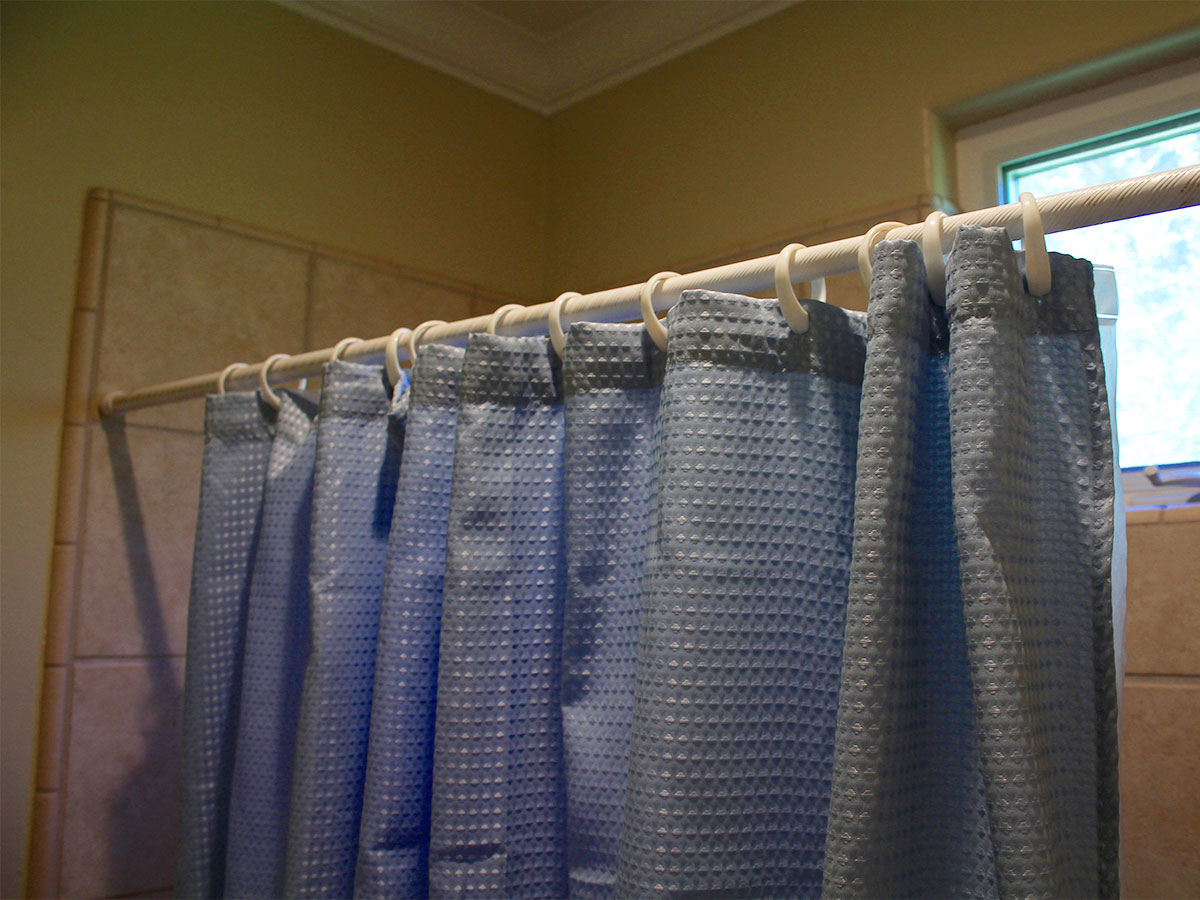

Bathroom Accessories
How Often Should You Change A Shower Curtain
Modified: February 17, 2024
Discover the best practices for changing your shower curtain and maintaining your bathroom accessories. Find out how often you should update your bathroom decor for a fresh look.
(Many of the links in this article redirect to a specific reviewed product. Your purchase of these products through affiliate links helps to generate commission for Storables.com, at no extra cost. Learn more)
Introduction
Shower curtains are an essential part of any bathroom, serving both functional and aesthetic purposes. They not only prevent water from splashing onto the bathroom floor but also add a touch of style and personality to the space. However, many people may not be aware of the importance of regularly changing their shower curtains. In this article, we will explore the factors to consider when determining how often to change a shower curtain, signs that indicate it's time for a replacement, and tips for maintaining your shower curtain to prolong its lifespan. By the end of this article, you will have a comprehensive understanding of the best practices for managing your shower curtain, ensuring a clean and inviting bathroom environment.
Key Takeaways:
- Keep your shower curtain clean and fresh by considering material quality, usage patterns, ventilation, cleaning habits, and aesthetic preferences. Recognize signs for replacement and maintain it regularly for a hygienic bathroom.
- High-quality materials like polyester, nylon, or vinyl can extend the lifespan of your shower curtain. Regular cleaning, proper drying, and proactive maintenance can minimize the need for frequent replacements and keep your bathroom inviting.
Read more: How Often Should You Change Shower Curtains
Factors to Consider
When deciding how often to change your shower curtain, several factors come into play. Understanding these factors can help you make an informed decision and ensure that your bathroom remains a hygienic and inviting space.
1. Material and Quality
The material and quality of your shower curtain play a significant role in determining its longevity. Opting for high-quality, durable materials such as polyester, nylon, or vinyl can extend the lifespan of your shower curtain. These materials are resistant to mold and mildew, making them easier to maintain and less prone to deterioration over time.
2. Frequency of Use
The frequency of shower usage in your household is another crucial factor to consider. A high-traffic bathroom with multiple daily showers will naturally subject the shower curtain to more wear and tear compared to a guest bathroom that sees less frequent use. Assessing the usage patterns in your household can help you gauge how quickly your shower curtain may accumulate grime and wear out.
3. Ventilation
Proper ventilation in the bathroom is essential for the longevity of your shower curtain. A well-ventilated bathroom allows moisture to dissipate more effectively, reducing the likelihood of mold and mildew growth on the curtain. If your bathroom lacks adequate ventilation, your shower curtain may require more frequent changes to prevent the buildup of mold and unpleasant odors.
Read more: How Often Should You Change Mattress
4. Cleaning Habits
Regular cleaning and maintenance can significantly impact the lifespan of your shower curtain. If you diligently clean and sanitize your curtain on a routine basis, you may be able to extend its usability. However, if cleaning is infrequent or inadequate, mold, soap scum, and other residues can accumulate, accelerating the deterioration of the curtain.
5. Aesthetic Preferences
While not directly related to the functionality or hygiene of the shower curtain, your aesthetic preferences can influence how often you choose to change it. If you enjoy updating the look of your bathroom frequently, you may opt to change the shower curtain more often to align with your evolving style and decor preferences.
Considering these factors can help you determine the most suitable timeframe for changing your shower curtain, ensuring that your bathroom remains a clean, pleasant, and visually appealing space.
Frequency of Changing Shower Curtains
The frequency of changing your shower curtain depends on several factors, including material quality, usage patterns, ventilation, cleaning habits, and aesthetic preferences. Understanding these factors is crucial in determining the most suitable timeframe for replacing your shower curtain.
Material Quality
The material and quality of your shower curtain play a pivotal role in its longevity. Opting for high-quality materials such as polyester, nylon, or vinyl can significantly extend the lifespan of your shower curtain. These materials are resistant to mold and mildew, making them easier to maintain and less prone to deterioration over time. As a result, a shower curtain made from durable materials may require less frequent replacement, providing long-term value and convenience.
Read more: How Often Should You Change Toilet Seat
Usage Patterns
The frequency of shower usage in your household is a key consideration when determining how often to change your shower curtain. A high-traffic bathroom with multiple daily showers will naturally subject the shower curtain to more wear and tear compared to a guest bathroom that sees less frequent use. Assessing the usage patterns in your household can help you gauge how quickly your shower curtain may accumulate grime and wear out. By understanding the impact of usage on the condition of your shower curtain, you can make informed decisions about the appropriate replacement schedule.
Ventilation
Proper ventilation in the bathroom is essential for the longevity of your shower curtain. A well-ventilated bathroom allows moisture to dissipate more effectively, reducing the likelihood of mold and mildew growth on the curtain. If your bathroom lacks adequate ventilation, your shower curtain may require more frequent changes to prevent the buildup of mold and unpleasant odors. Considering the ventilation in your bathroom can help you determine whether your shower curtain needs more frequent replacement to combat the effects of poor airflow and moisture retention.
Cleaning Habits
Regular cleaning and maintenance can significantly impact the lifespan of your shower curtain. If you diligently clean and sanitize your curtain on a routine basis, you may be able to extend its usability. However, if cleaning is infrequent or inadequate, mold, soap scum, and other residues can accumulate, accelerating the deterioration of the curtain. By maintaining consistent cleaning habits, you can prolong the lifespan of your shower curtain and potentially reduce the frequency of replacement.
Aesthetic Preferences
While not directly related to the functionality or hygiene of the shower curtain, your aesthetic preferences can influence how often you choose to change it. If you enjoy updating the look of your bathroom frequently, you may opt to change the shower curtain more often to align with your evolving style and decor preferences. Considering your aesthetic inclinations can help strike a balance between practical considerations and personal preferences when determining the frequency of changing your shower curtain.
By considering these factors, you can make informed decisions about how often to change your shower curtain, ensuring that your bathroom remains a clean, pleasant, and visually appealing space.
Read more: How Often Should You Change Your Mattress?
Signs It's Time to Change Your Shower Curtain
Recognizing the signs indicating that it's time to change your shower curtain is essential for maintaining a clean and hygienic bathroom environment. By being attentive to these indicators, you can ensure that your shower curtain continues to fulfill its functional and aesthetic roles effectively. Here are the key signs that suggest it's time for a shower curtain replacement:
1. Mold and Mildew Buildup
The presence of mold and mildew on your shower curtain is a clear indication that it requires replacement. Mold and mildew not only compromise the visual appeal of the curtain but also pose potential health risks. Despite regular cleaning, persistent mold and mildew growth may indicate that the curtain has reached the end of its usable lifespan.
2. Stains and Discoloration
Over time, shower curtains may develop stubborn stains and discoloration due to prolonged exposure to water, soap scum, and other residues. These unsightly blemishes can detract from the overall cleanliness of the bathroom and may become resistant to cleaning efforts. If stains and discoloration persist despite thorough cleaning, it may be time to invest in a new shower curtain.
3. Tears, Rips, or Fraying
Physical damage such as tears, rips, or fraying along the edges of the shower curtain can compromise its functionality and visual appeal. These imperfections not only allow water to escape the shower enclosure, leading to potential water damage, but also create an unkempt appearance. If the curtain exhibits signs of physical wear and tear that cannot be easily repaired, it is advisable to replace it promptly.
Read more: How Often Should You Change Your Carpet
4. Lingering Odors
A persistent musty or unpleasant odor emanating from the shower curtain indicates the presence of mold, mildew, or bacterial growth. Despite regular cleaning and airing out, if the curtain retains persistent odors, it may be harboring hidden microbial growth that warrants a replacement.
5. Ineffective Cleaning Results
If your shower curtain no longer responds to cleaning efforts and continues to harbor grime, soap scum, or mold despite diligent maintenance, it may be a sign that the material has deteriorated beyond salvage. When cleaning fails to restore the curtain to a satisfactory condition, it's time to consider replacing it with a fresh, clean alternative.
By remaining vigilant for these signs, you can proactively address the condition of your shower curtain, ensuring that your bathroom maintains a clean, inviting, and hygienic ambiance. Regularly assessing the state of your shower curtain and promptly replacing it when necessary is key to upholding a fresh and visually appealing bathroom space.
Tips for Maintaining Your Shower Curtain
Proper maintenance is essential for extending the lifespan of your shower curtain and preserving a clean, hygienic bathroom environment. By implementing effective maintenance practices, you can prevent the buildup of mold, mildew, and unsightly stains, ensuring that your shower curtain remains functional and visually appealing. Here are valuable tips for maintaining your shower curtain:
-
Regular Cleaning: Establish a routine for cleaning your shower curtain to prevent the accumulation of soap scum, mold, and mildew. For fabric curtains, machine-wash them according to the manufacturer's instructions. Vinyl or plastic curtains can be cleaned by wiping them with a solution of water and mild detergent. Regular cleaning helps prevent the development of stubborn stains and microbial growth.
-
Proper Drying: After each use, ensure that your shower curtain is adequately dried to prevent moisture retention. Pull the curtain closed to allow it to air-dry fully. Adequate drying helps inhibit the growth of mold and mildew, preserving the cleanliness and integrity of the curtain.
-
Use a Liner: Consider using a shower curtain liner to provide an additional layer of protection against water and moisture. Liners can help prevent direct contact between the shower water and the curtain, reducing the risk of mold and mildew formation. They are also easier to clean and replace, serving as a barrier to prolong the lifespan of your main shower curtain.
-
Ventilation Improvement: Enhance the ventilation in your bathroom to facilitate the dissipation of moisture. Use exhaust fans or open windows during and after showering to promote airflow and reduce humidity levels. Improved ventilation can help prevent the buildup of mold and mildew on your shower curtain, contributing to its longevity.
-
Avoid Accumulation of Water: After showering, shake the curtain to remove excess water and promote faster drying. Additionally, ensure that the bottom of the curtain is not in prolonged contact with pooled water on the bathroom floor. Preventing water accumulation on the curtain can mitigate the risk of mold growth and extend its usability.
-
Inspect and Address Issues Promptly: Regularly inspect your shower curtain for signs of mold, mildew, or damage. Address any issues promptly to prevent them from worsening. If you notice any stains, discoloration, or physical damage, take proactive measures such as thorough cleaning or timely replacement to maintain the cleanliness and functionality of the curtain.
By incorporating these maintenance tips into your bathroom care routine, you can effectively prolong the lifespan of your shower curtain, uphold a clean and inviting bathroom environment, and minimize the need for frequent replacements. Consistent maintenance not only preserves the functionality of the curtain but also contributes to a visually appealing and hygienic bathroom space.
Conclusion
In conclusion, the frequency of changing your shower curtain is influenced by various factors, including material quality, usage patterns, ventilation, cleaning habits, and aesthetic preferences. Understanding these factors is crucial in determining the most suitable timeframe for replacing your shower curtain. High-quality materials, such as polyester, nylon, or vinyl, can prolong the lifespan of your shower curtain, reducing the need for frequent replacements. Additionally, being mindful of usage patterns, maintaining proper ventilation, and implementing effective cleaning habits can contribute to extending the usability of your shower curtain.
Recognizing the signs that indicate it's time to change your shower curtain is essential for maintaining a clean and hygienic bathroom environment. Mold and mildew buildup, stubborn stains and discoloration, physical damage, lingering odors, and ineffective cleaning results are key indicators that suggest the need for a shower curtain replacement. By promptly addressing these signs, you can ensure that your bathroom maintains a fresh, visually appealing ambiance.
Furthermore, implementing proper maintenance practices is crucial for preserving the cleanliness and functionality of your shower curtain. Regular cleaning, proper drying, the use of a liner, ventilation improvement, avoiding water accumulation, and proactive issue inspection are valuable maintenance tips that can significantly extend the lifespan of your shower curtain. By incorporating these practices into your bathroom care routine, you can minimize the need for frequent replacements and uphold a clean, inviting bathroom environment.
In essence, by considering the aforementioned factors, recognizing the signs for replacement, and implementing effective maintenance practices, you can optimize the lifespan of your shower curtain, ensuring that your bathroom remains a hygienic, visually appealing, and functional space. Making informed decisions about the frequency of changing your shower curtain and proactively addressing its maintenance needs are key steps in creating a clean, inviting, and long-lasting bathroom environment.
Frequently Asked Questions about How Often Should You Change A Shower Curtain
Was this page helpful?
At Storables.com, we guarantee accurate and reliable information. Our content, validated by Expert Board Contributors, is crafted following stringent Editorial Policies. We're committed to providing you with well-researched, expert-backed insights for all your informational needs.
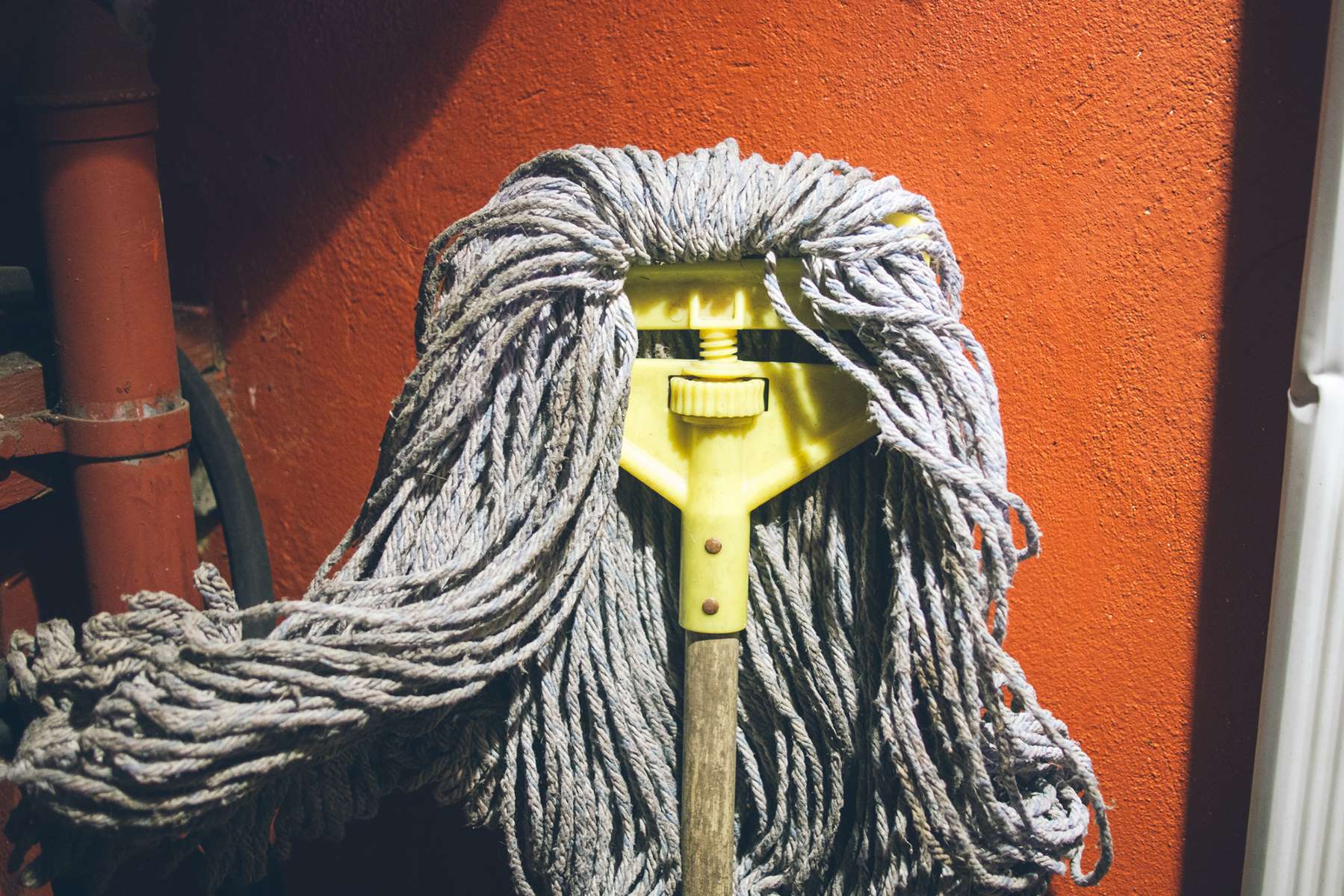

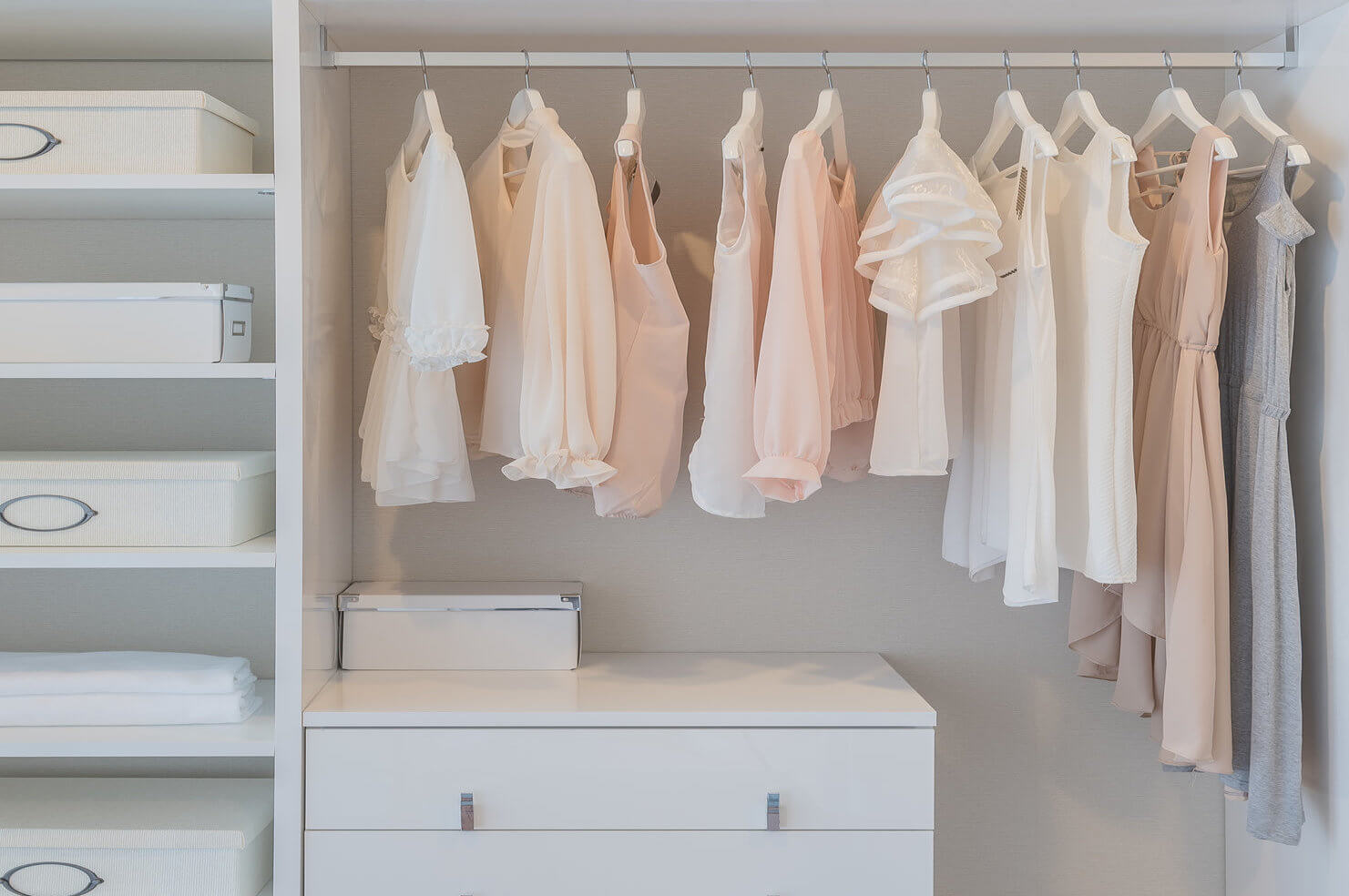
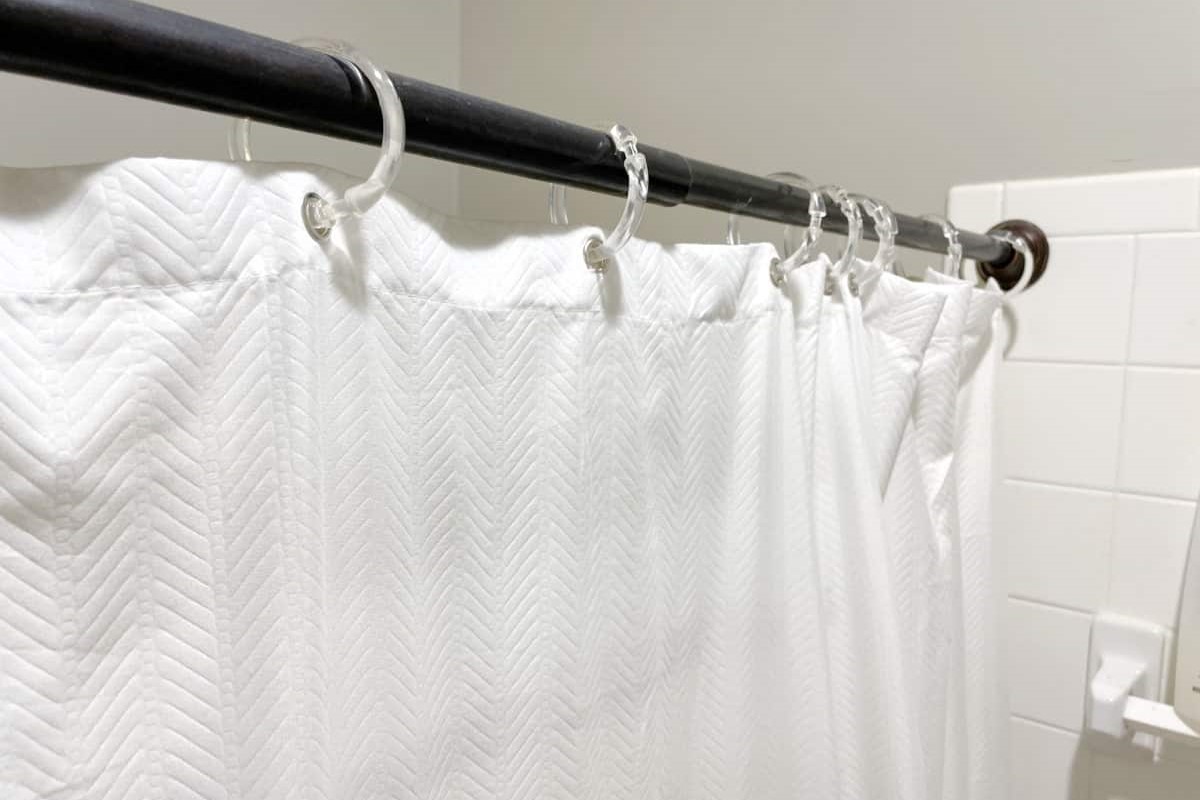
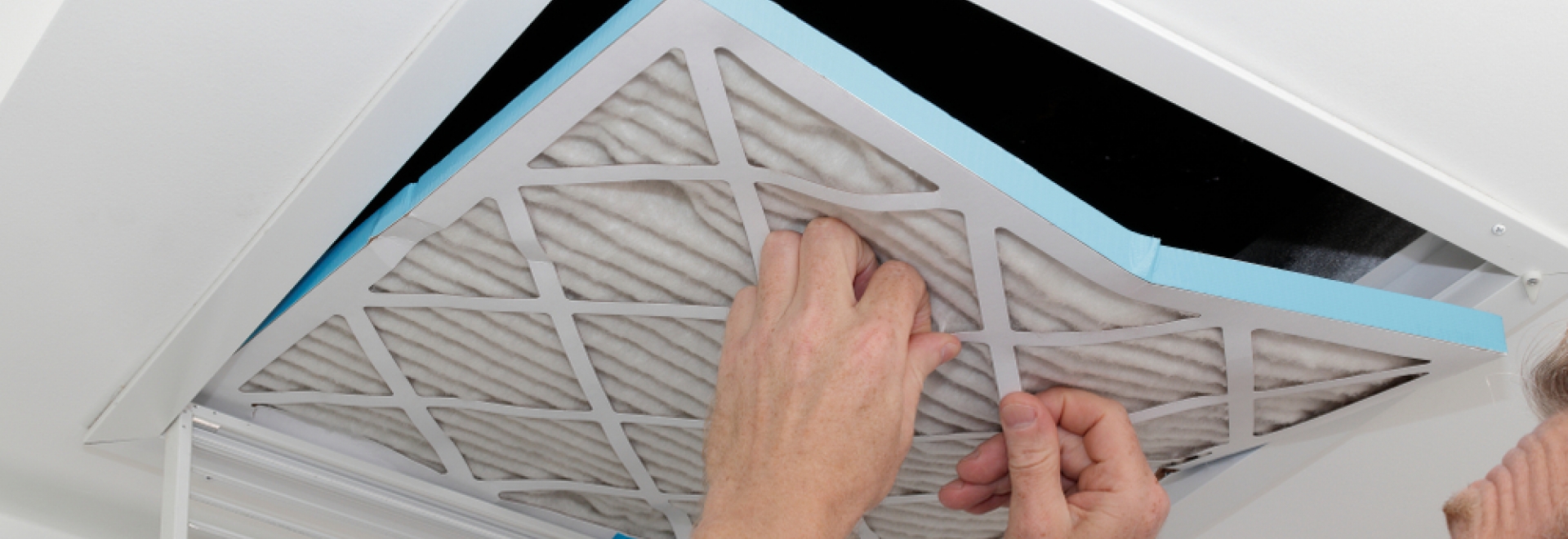
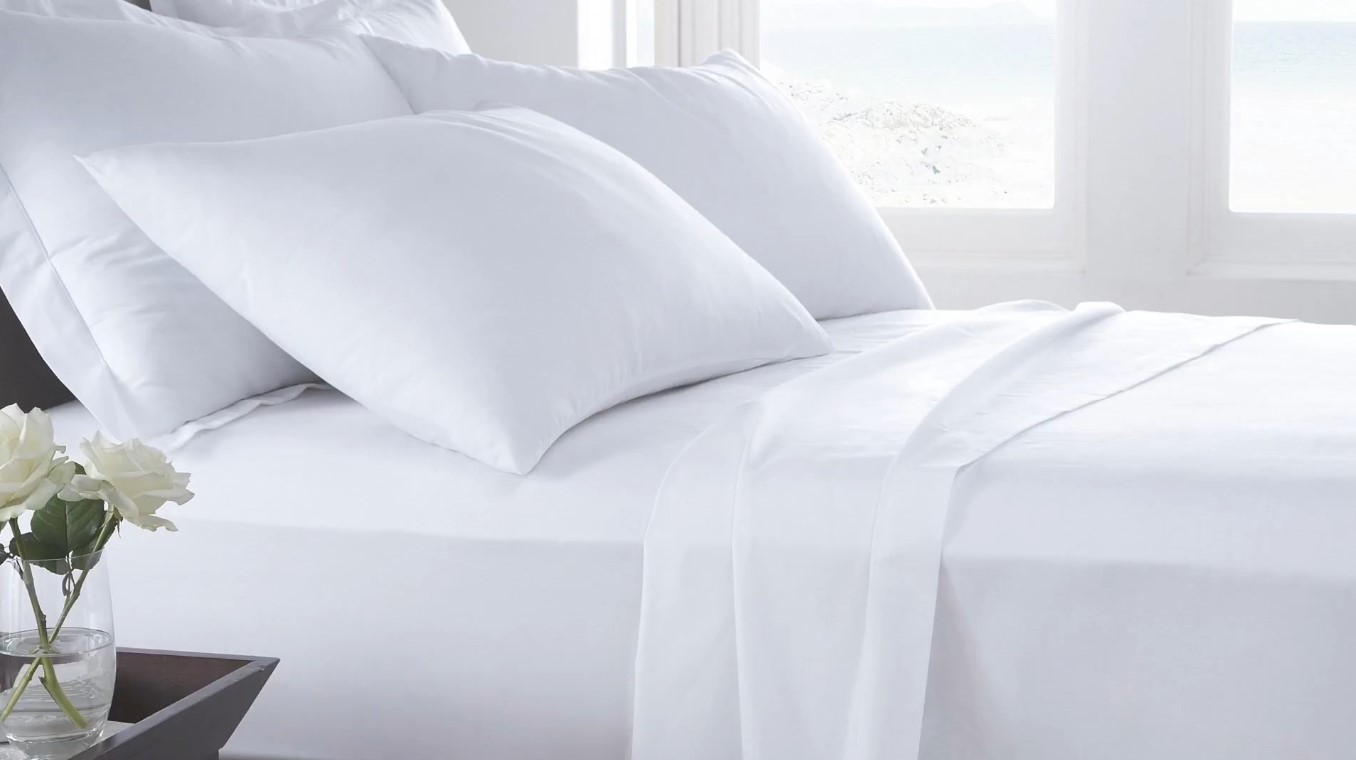
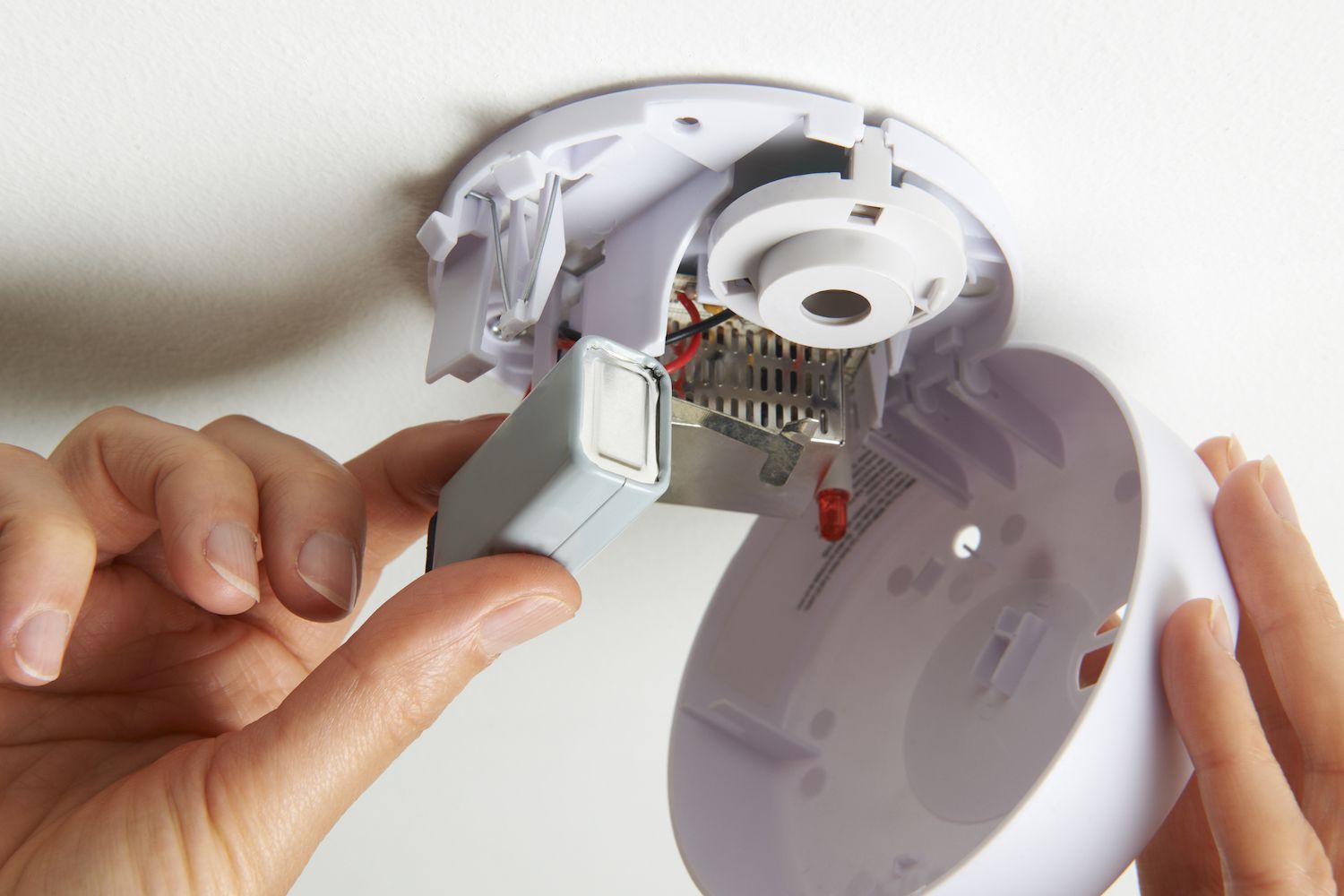
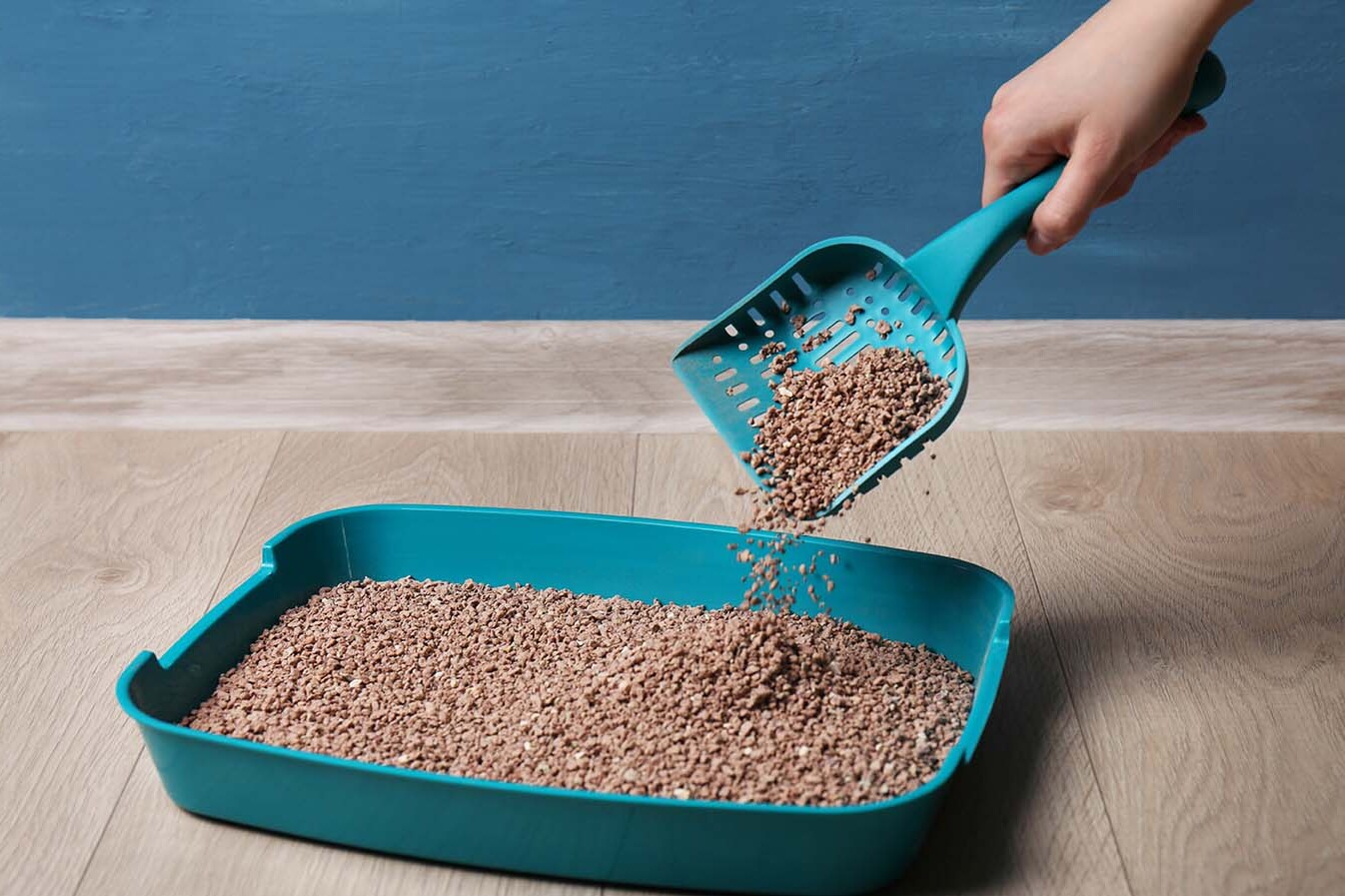

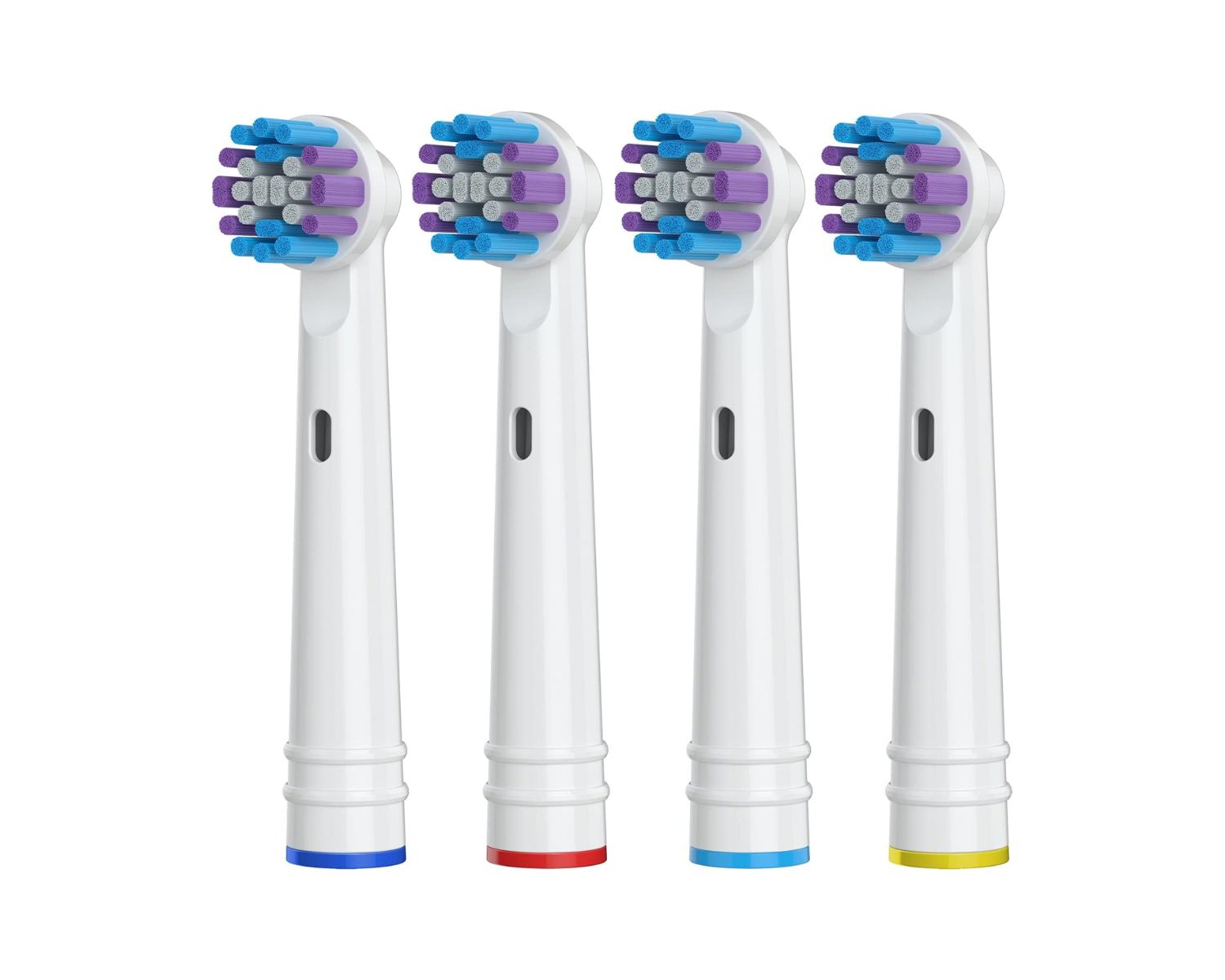


0 thoughts on “How Often Should You Change A Shower Curtain”